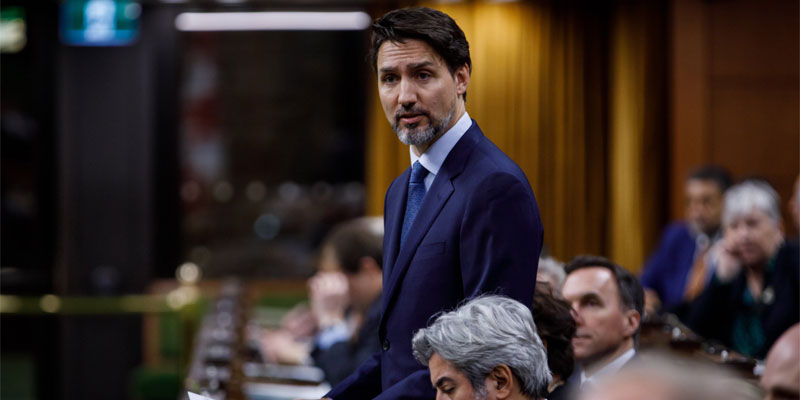Trudeau climate plan more fairy tale than science

The Trudeau government prides itself on taking the science of climate change very seriously. Yet its actual climate policies are based on fairy tales. In last week’s throne speech, the government promised to “immediately” present a plan to exceed Canada’s 2030 emissions-reduction target (under the Paris climate accord) and reach net-zero carbon emissions by 2050.
This follows an earlier announcement in July when the government introduced new rules for energy and transportation projects, which also must show “net-zero” emissions by 2050. In reality, the government hasn’t even tried to justify this 2050 goal (which incidentally flies in the face of the work of Nobel laureate William Nordhaus). By requiring new projects to spin tales of conjectured innovations over the next three decades, the Trudeau government is hardly being scientific.
More specifically, the government recently published its Strategic Assessment of Climate Change, which explains how the Impact Assessment Agency of Canada will determine whether a proposed project has demonstrated its ability to become a net-zero carbon emitter by 2050. As explained by the Fraser Institute, the requirements apply to “new mines, power plants, pipelines, airports, oil and gas projects, and railways” and impose unrealistic burdens.
Canada has a dismal record in meeting its climate targets. According to the CBC’s Aaron Wherry, since 1988, Canada has committed to nine climate targets under four different prime ministers. Thus far, five of these targets have been missed—by wide margins—while two pertaining to 2020 are on track to being missed. Of the remaining two, one is the Paris target, where emissions should be cut 30 per cent below 2005 levels by the year 2030—which, despite last week’s throne speech, we’re on track to miss.
What then should we make of the extremely ambitious goal of net-zero emissions by 2050? The new regulations, forcing individual projects to explain how they will meet such an infeasible goal, are merely forcing private-sector promoters to adopt the fairy tales promulgated by federal officials.
Consider this. To show net-zero emissions by 2050, a proposal to open a new airport or railway must include all sorts of assumptions about global oil demand, progress in solar and battery technology, and the rate of adoption of electric vehicles by consumers. Because Ottawa’s 2050 target is so ambitious, only the most optimistic assumptions (which rely on unproven technologies) will allow the project to pass the (arbitrary) government threshold. Regulators must either endorse fairy tale scenarios or deny the development of a new airport or railway that Canadians might desperately need.
What’s worse, a simple standard cost/benefit analysis can’t justify the net-zero 2050 target. For example, William Nordhaus won the Nobel Prize for his pioneering work in the economics of climate change. According to his model, under a worldwide “optimal carbon tax,” global emissions would keep rising up to about 2050, and would only gradually begin declining thereafter.
Nordhaus is no “denier,” but his model balances the benefits of emission reductions against the very real costs of more expensive energy and transportation. This is why his work recommends much more modest emission-reductions than those coming from the Trudeau government. Any honest analyst familiar with the history must recognize that Ottawa’s climate targets are the stuff of fairy tales rather than science.
Author:
Subscribe to the Fraser Institute
Get the latest news from the Fraser Institute on the latest research studies, news and events.

